Dialectical Behavior Therapy (DBT) frequently employs the idea of an organized therapeutic setting, which is referred to as a "DBT house." DBT is a form of psychotherapy created by psychologist Marsha M. Linehan to assist people who have trouble controlling their emotions, avoiding destructive behaviors, and interacting with others, especially those who have been identified as having a borderline personality disorder (BPD).
The DBT home represents the therapy process metaphorically and acts as a framework for planning and performing DBT interventions. It is made up of multiple interwoven components, each of which is important in encouraging personal growth, emotional stability, and the development of adaptive coping abilities.

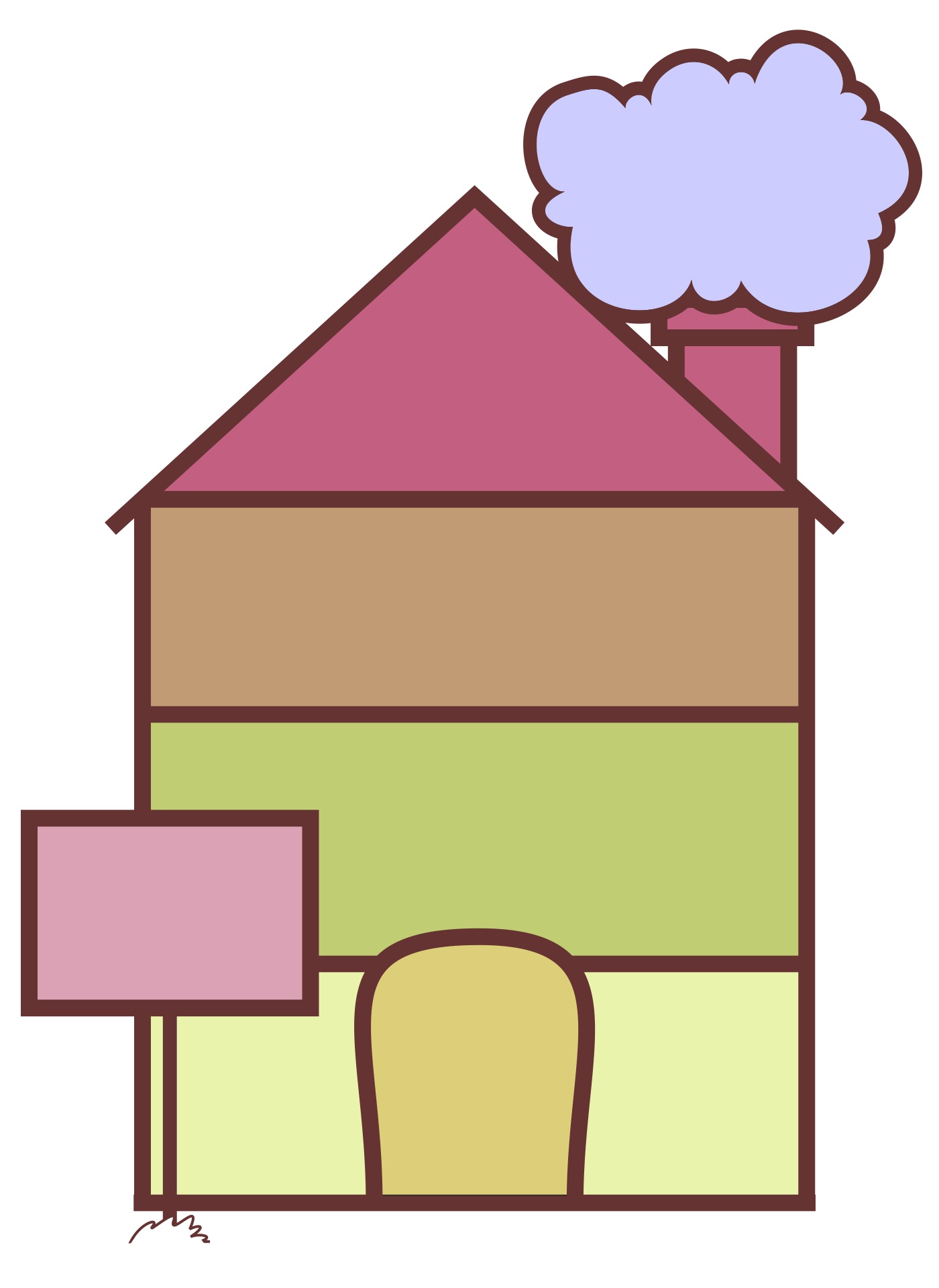
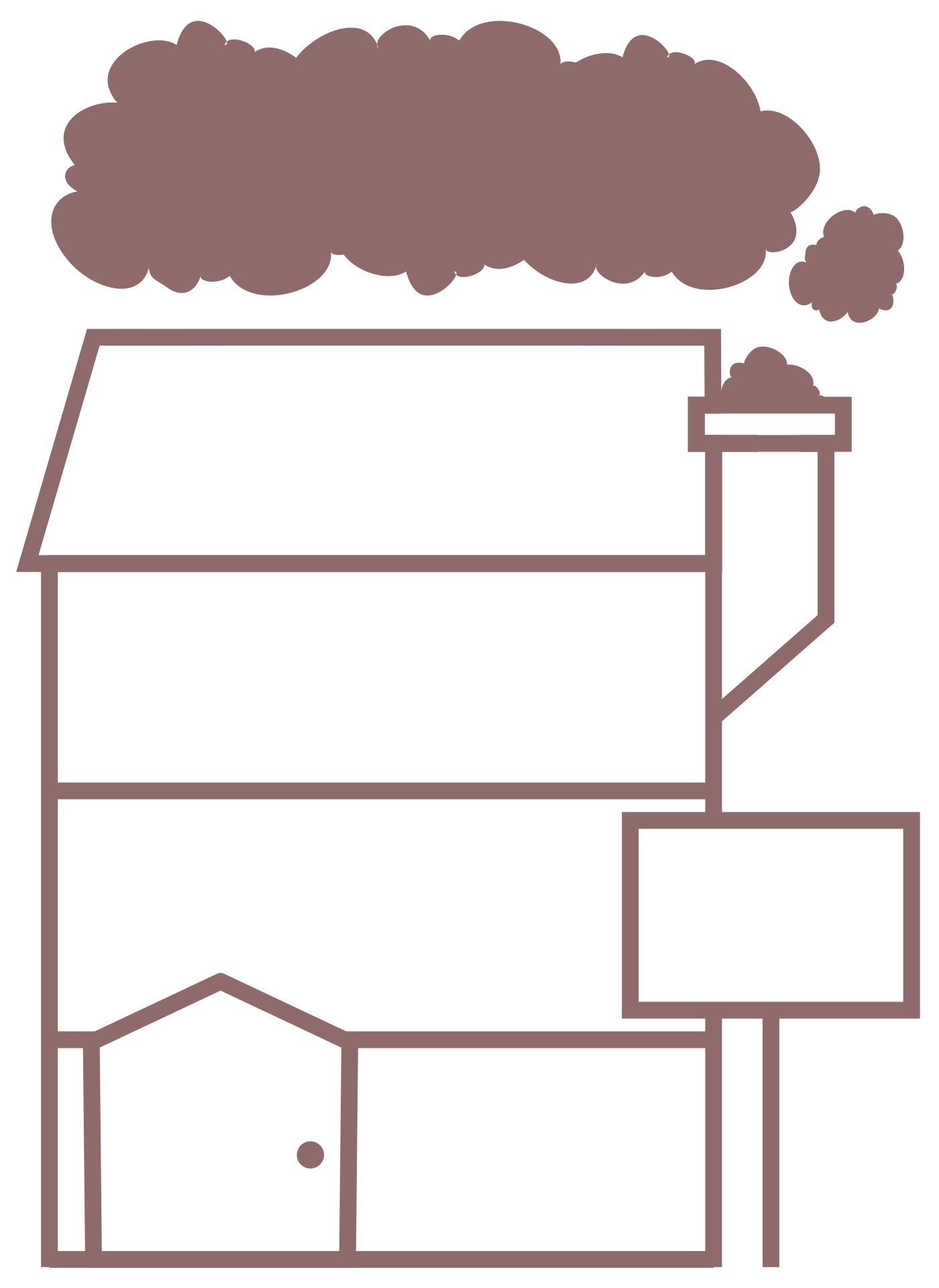
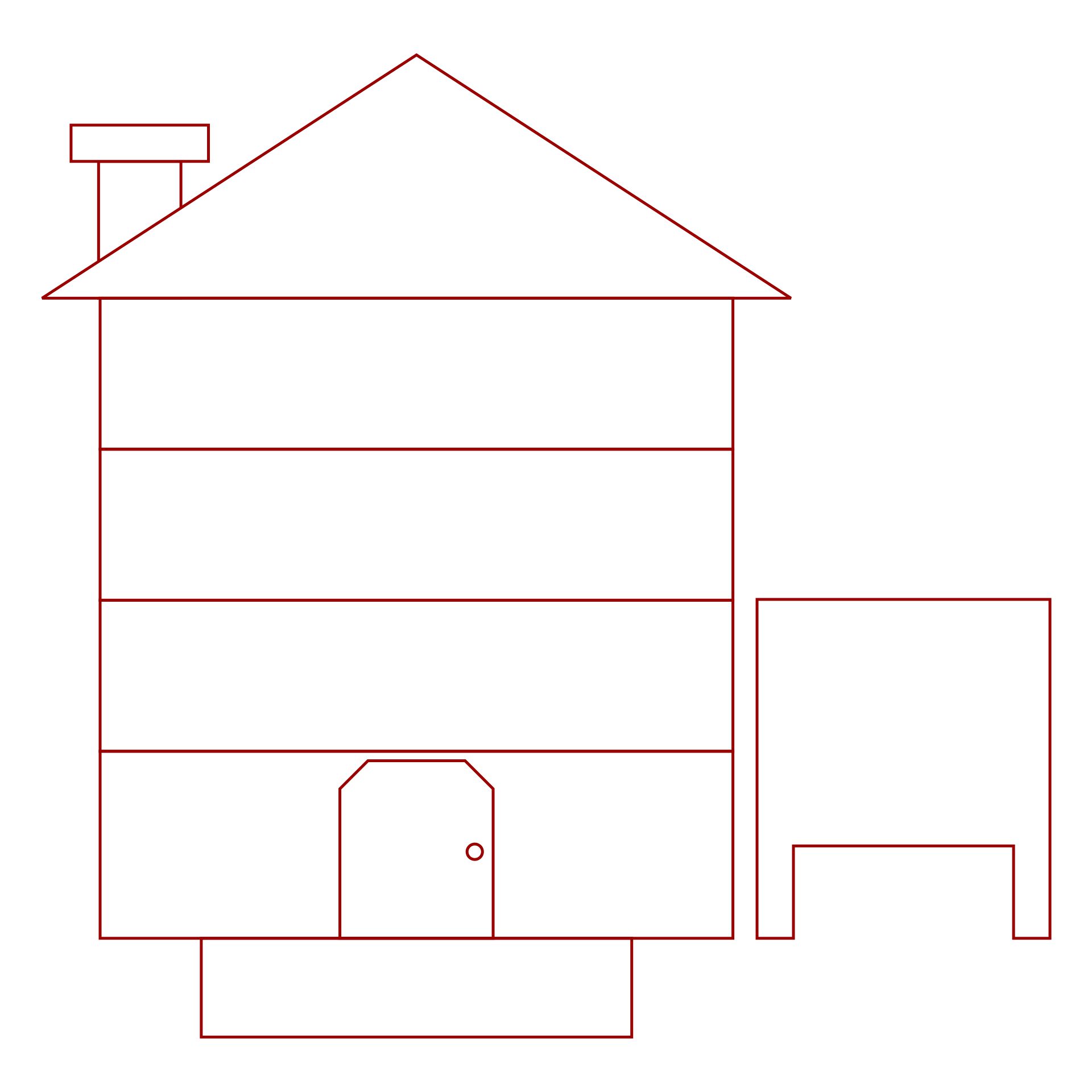
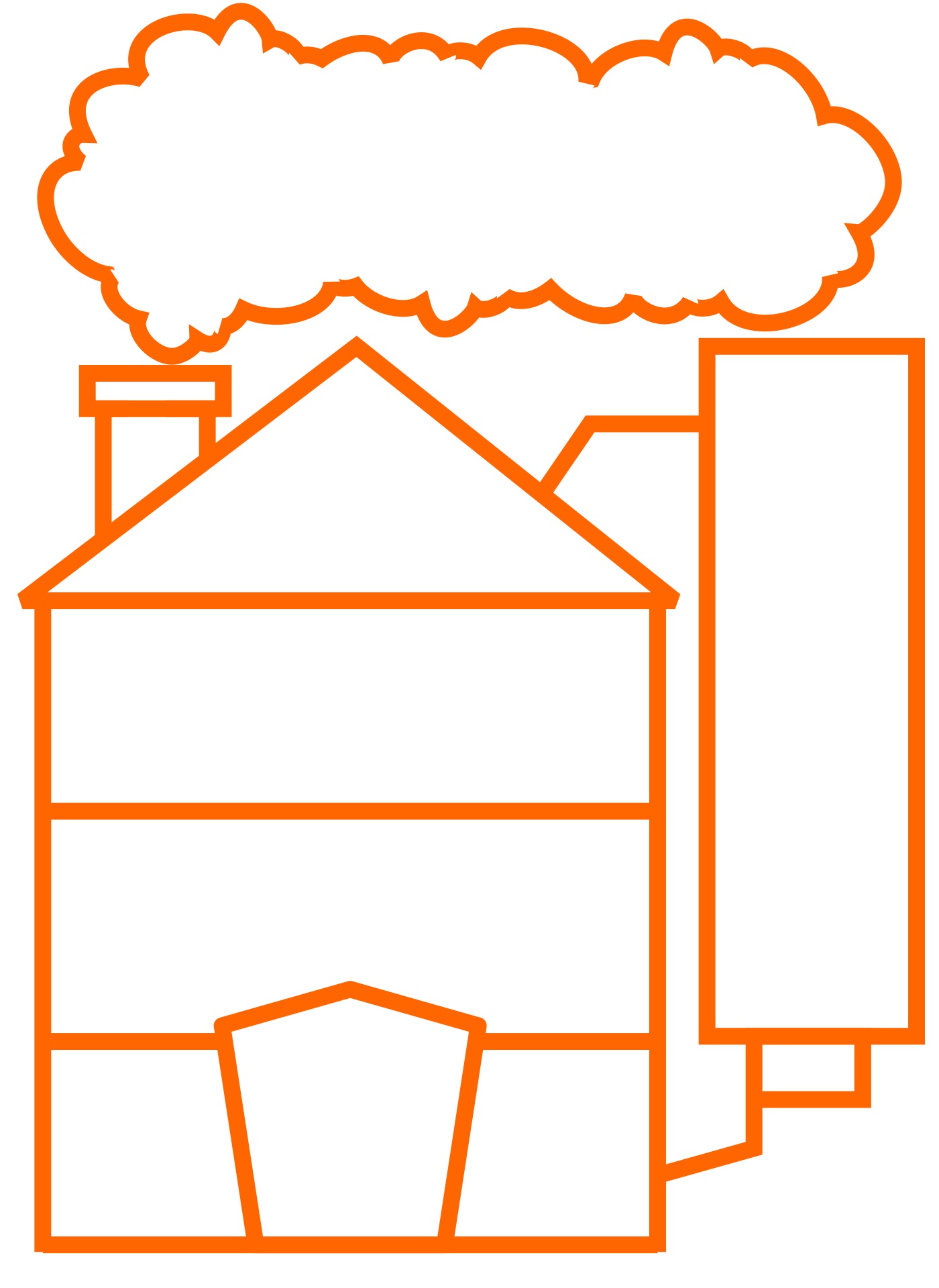
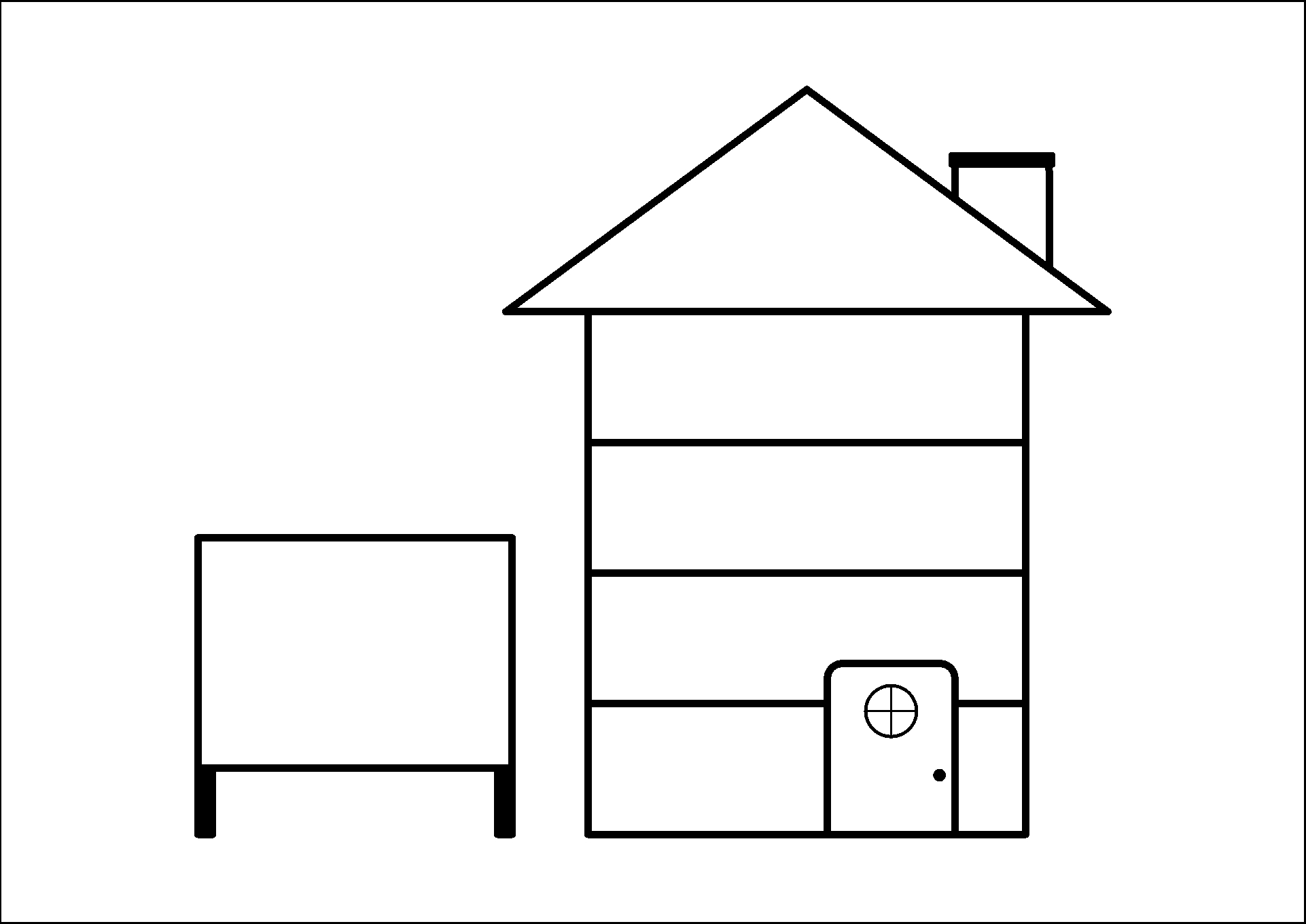
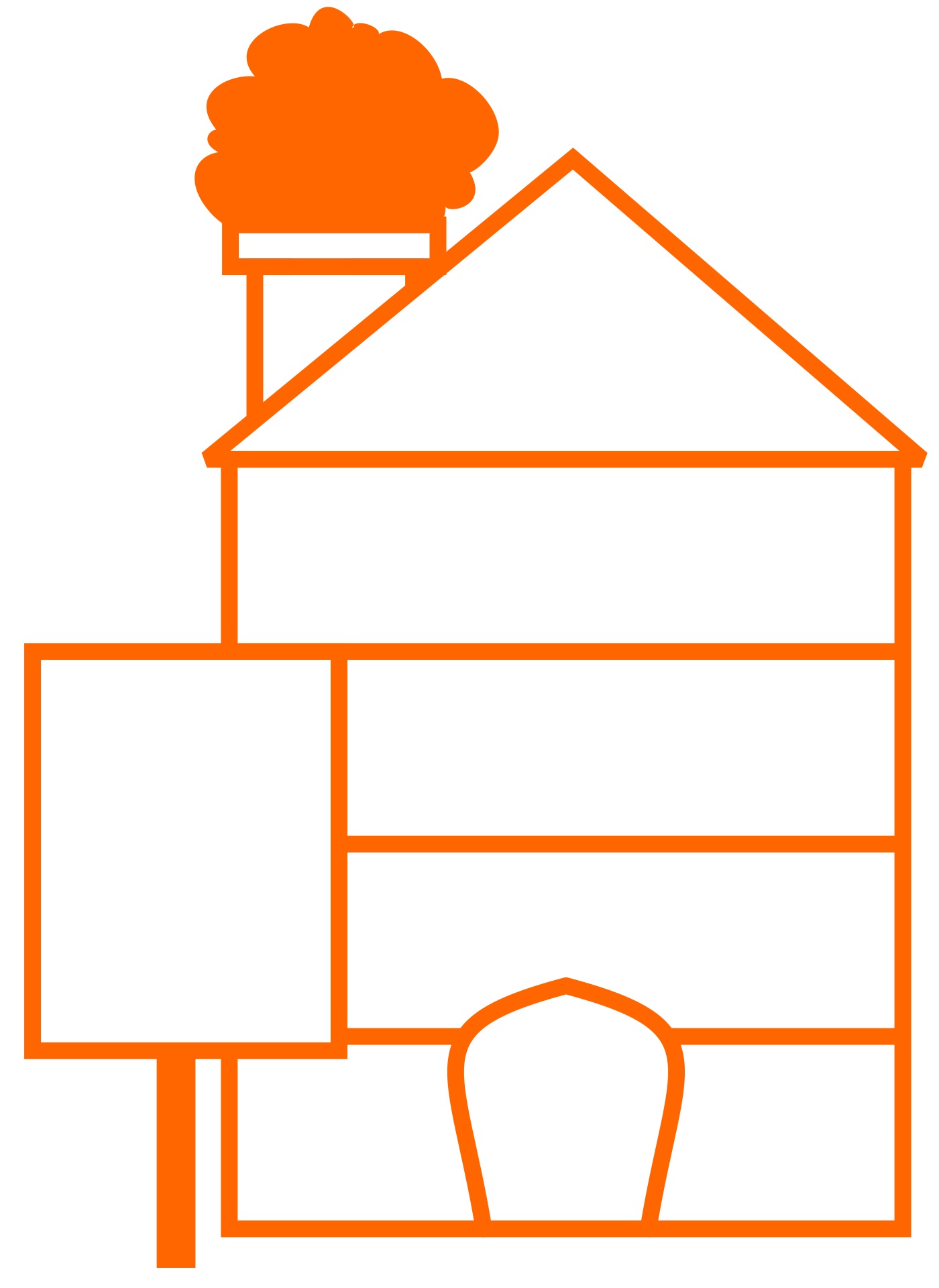
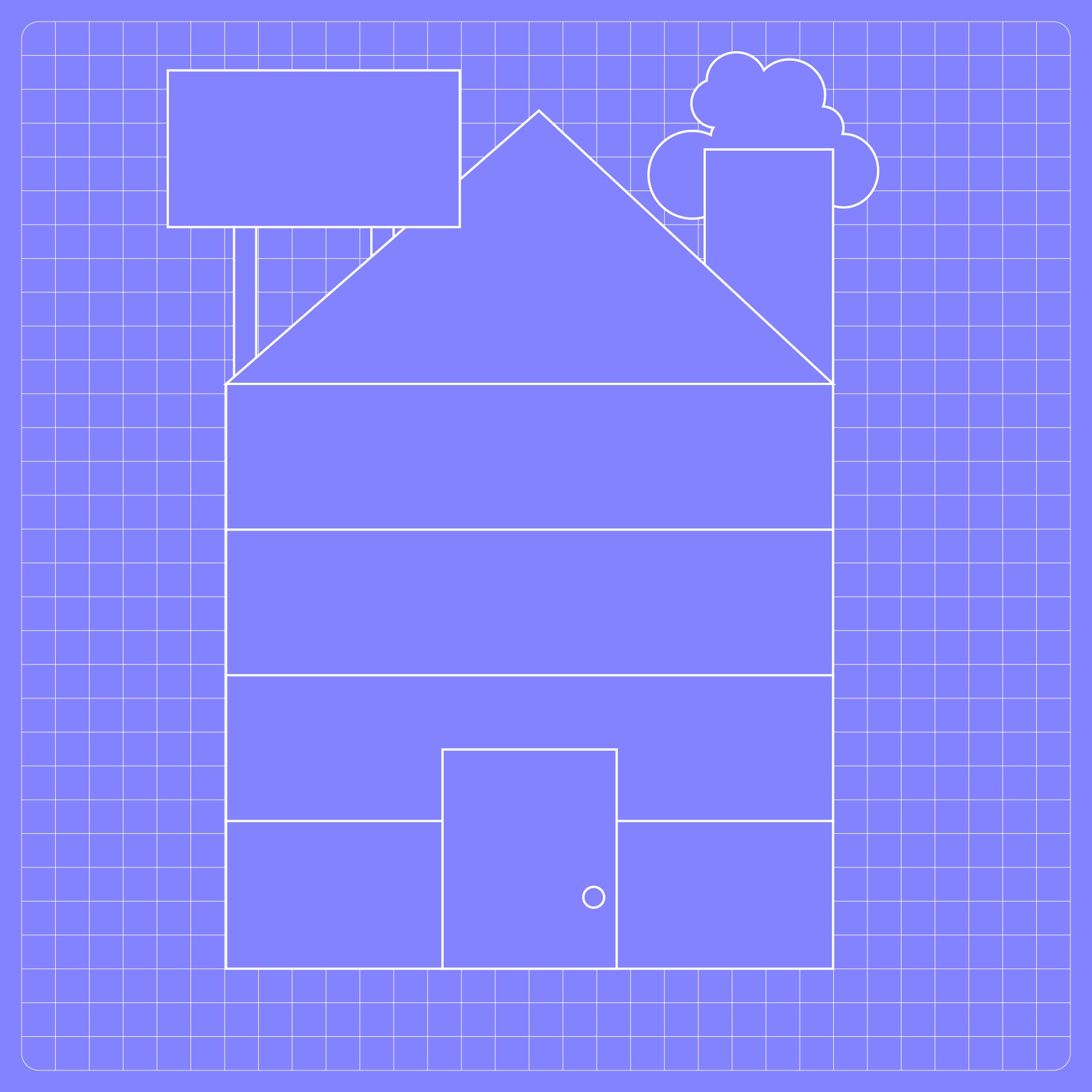
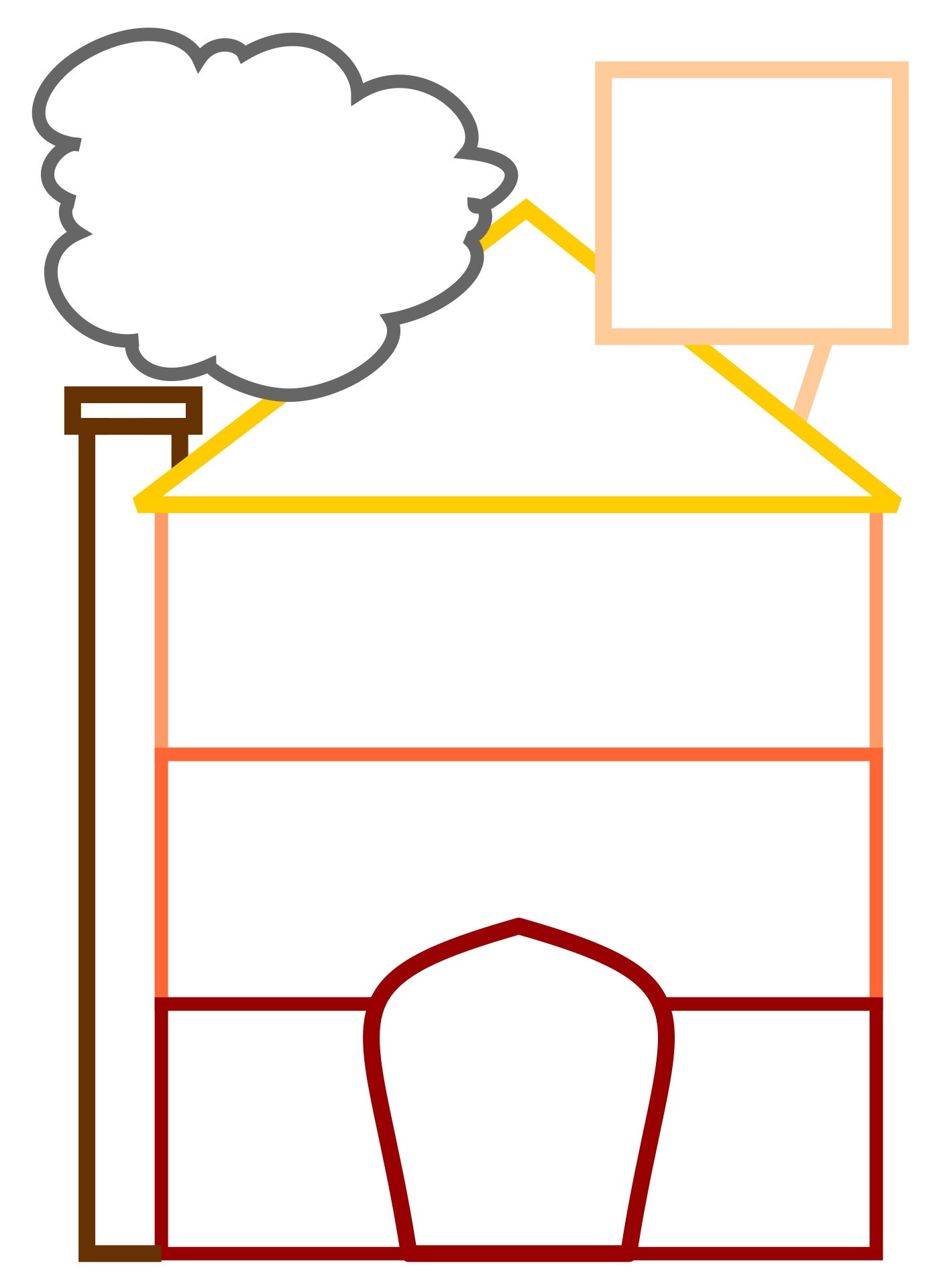
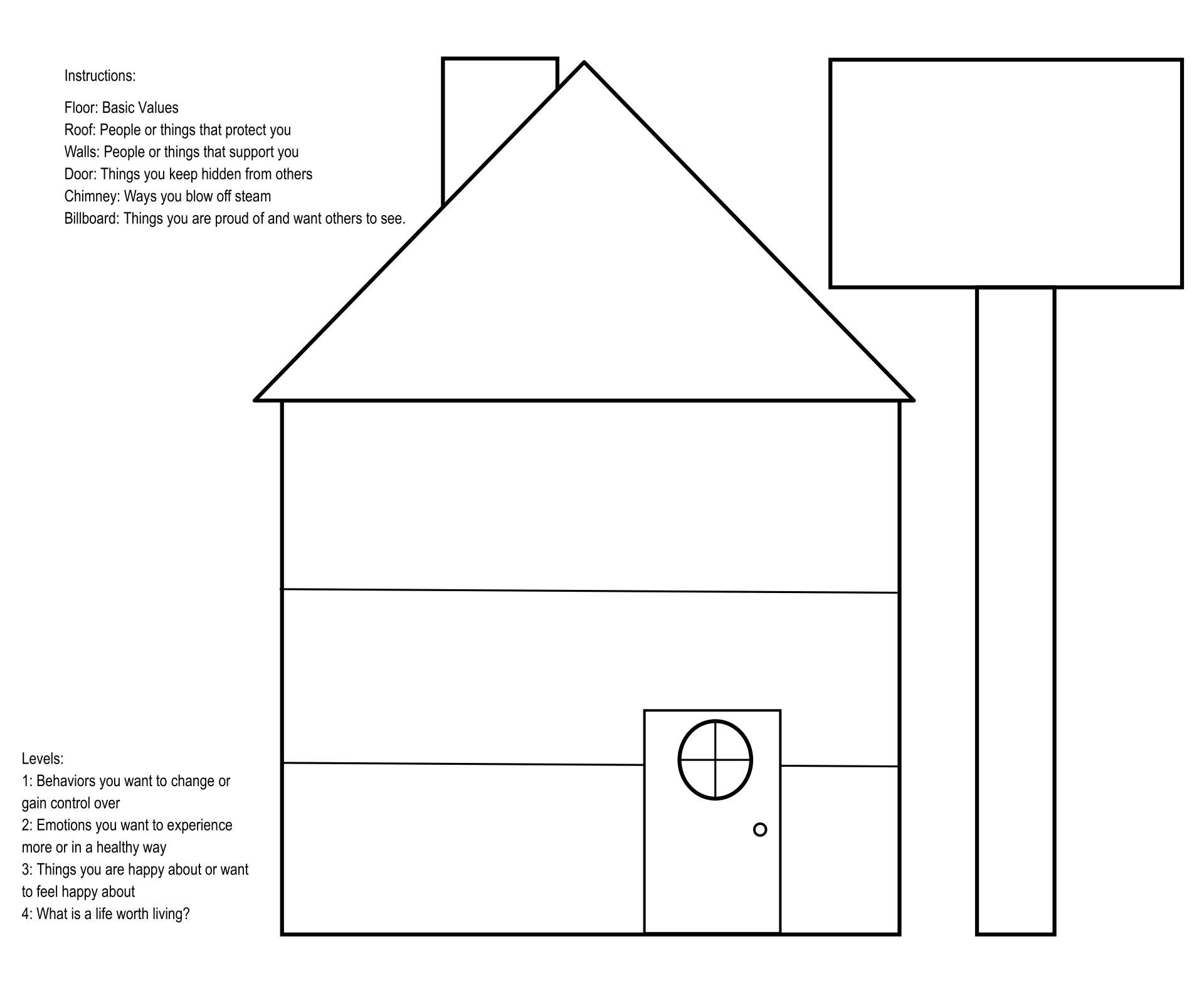
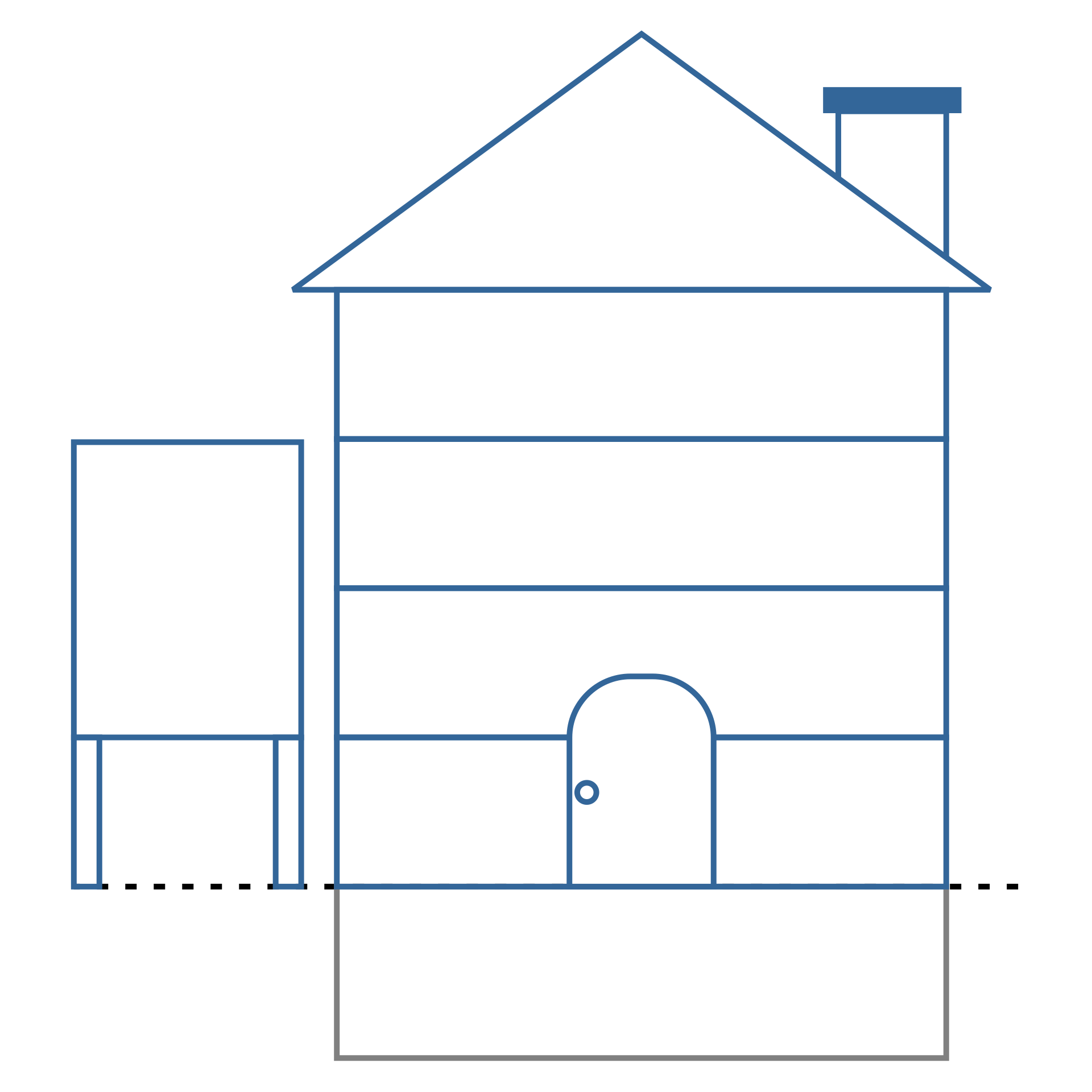
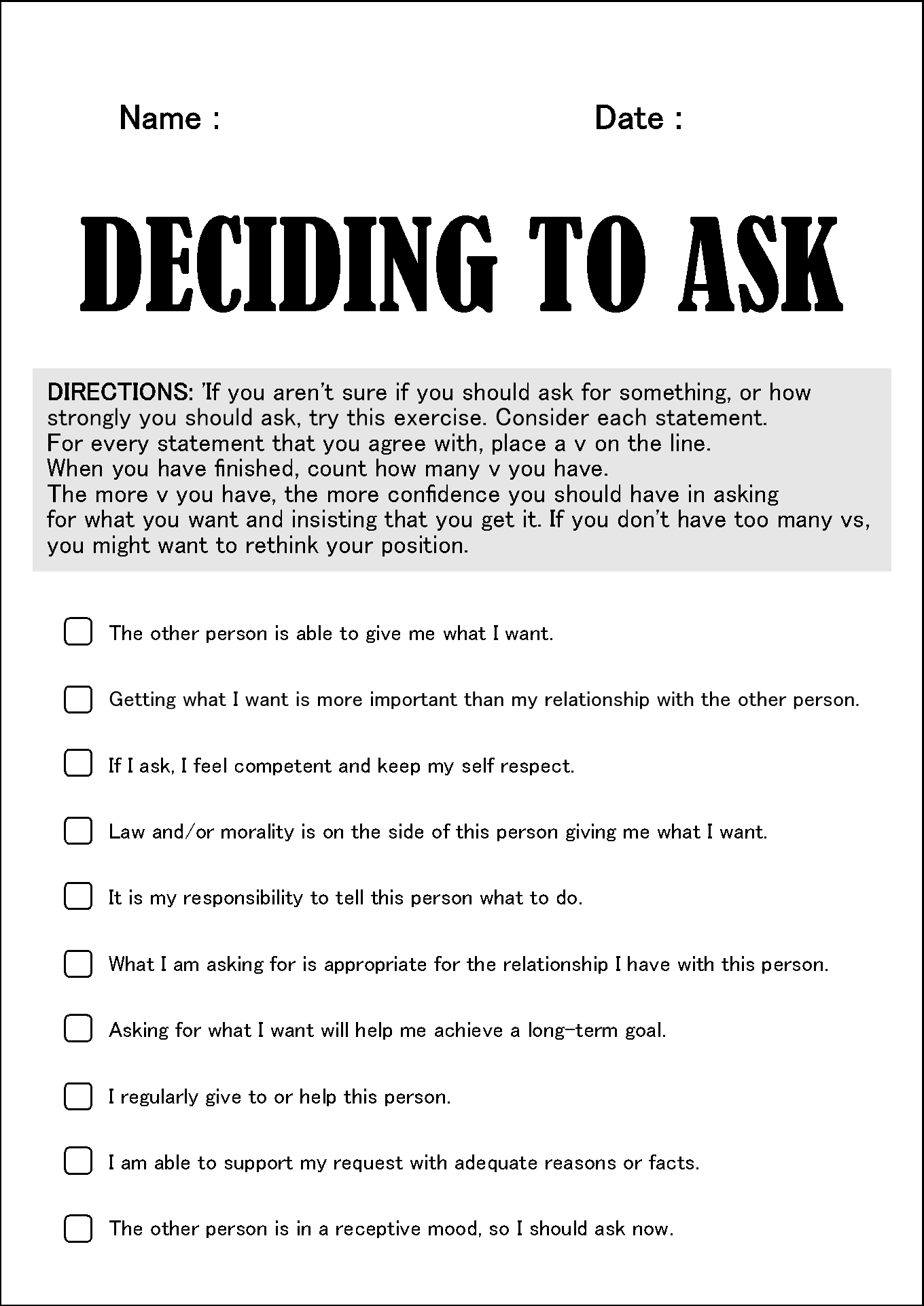
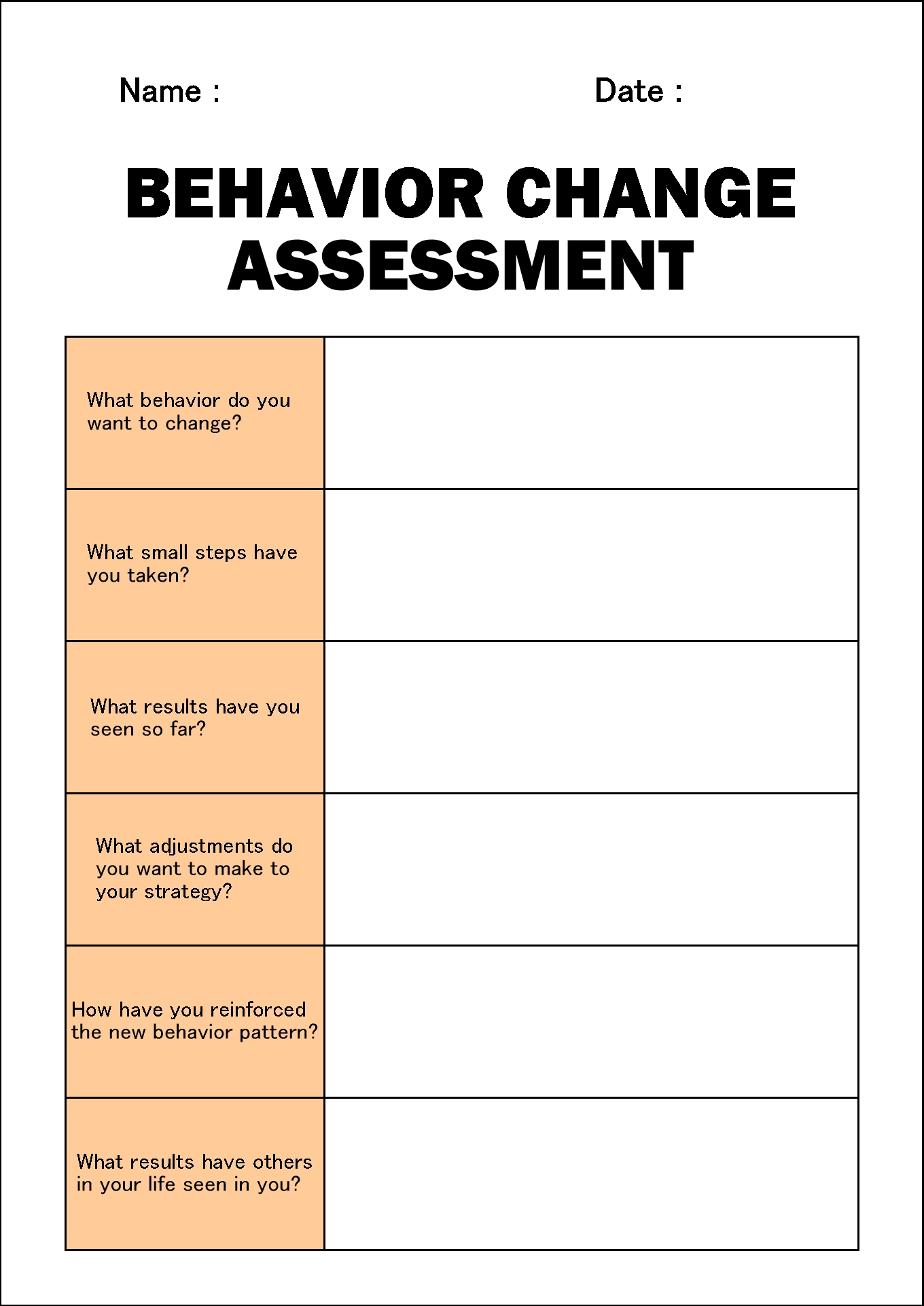
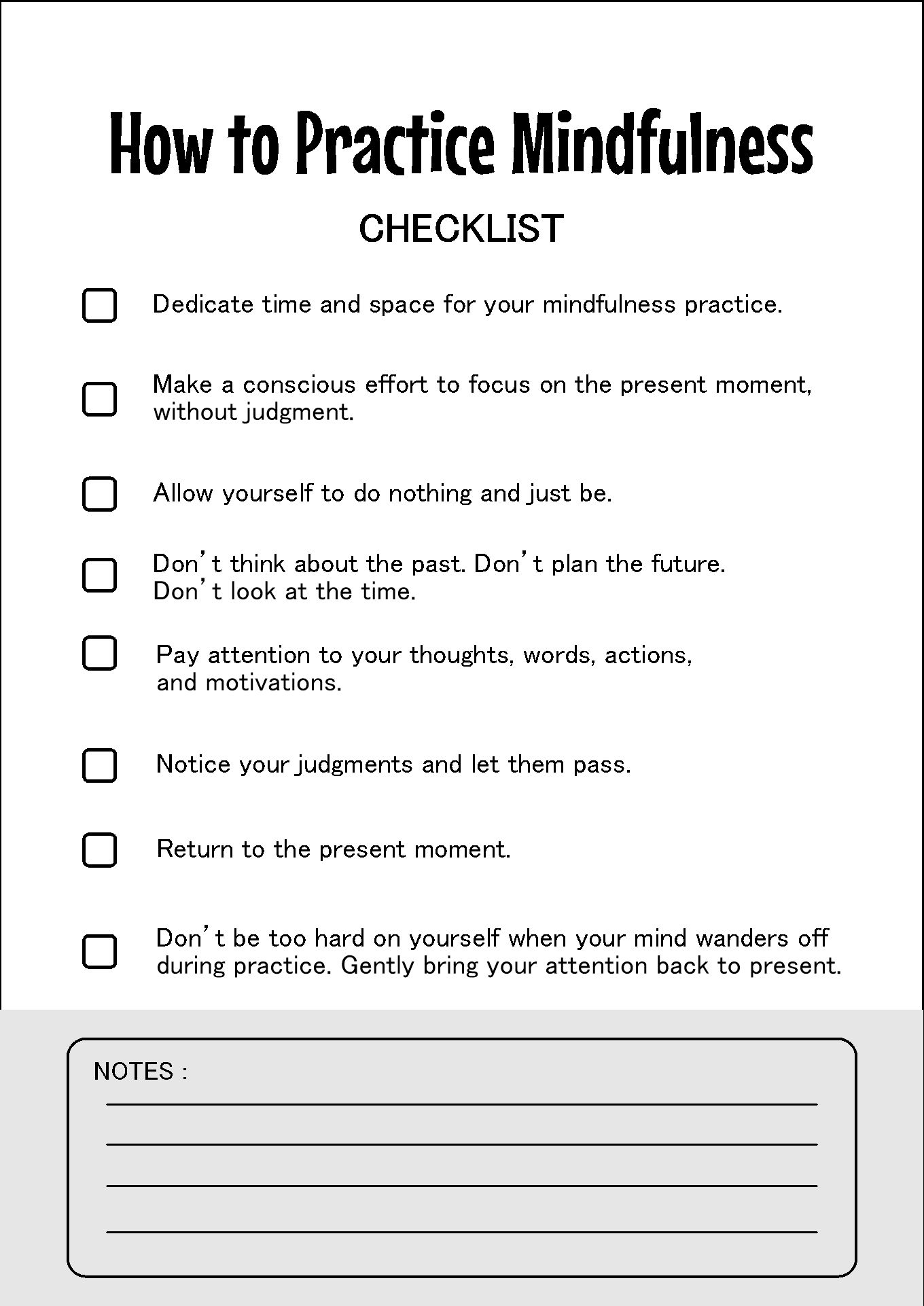
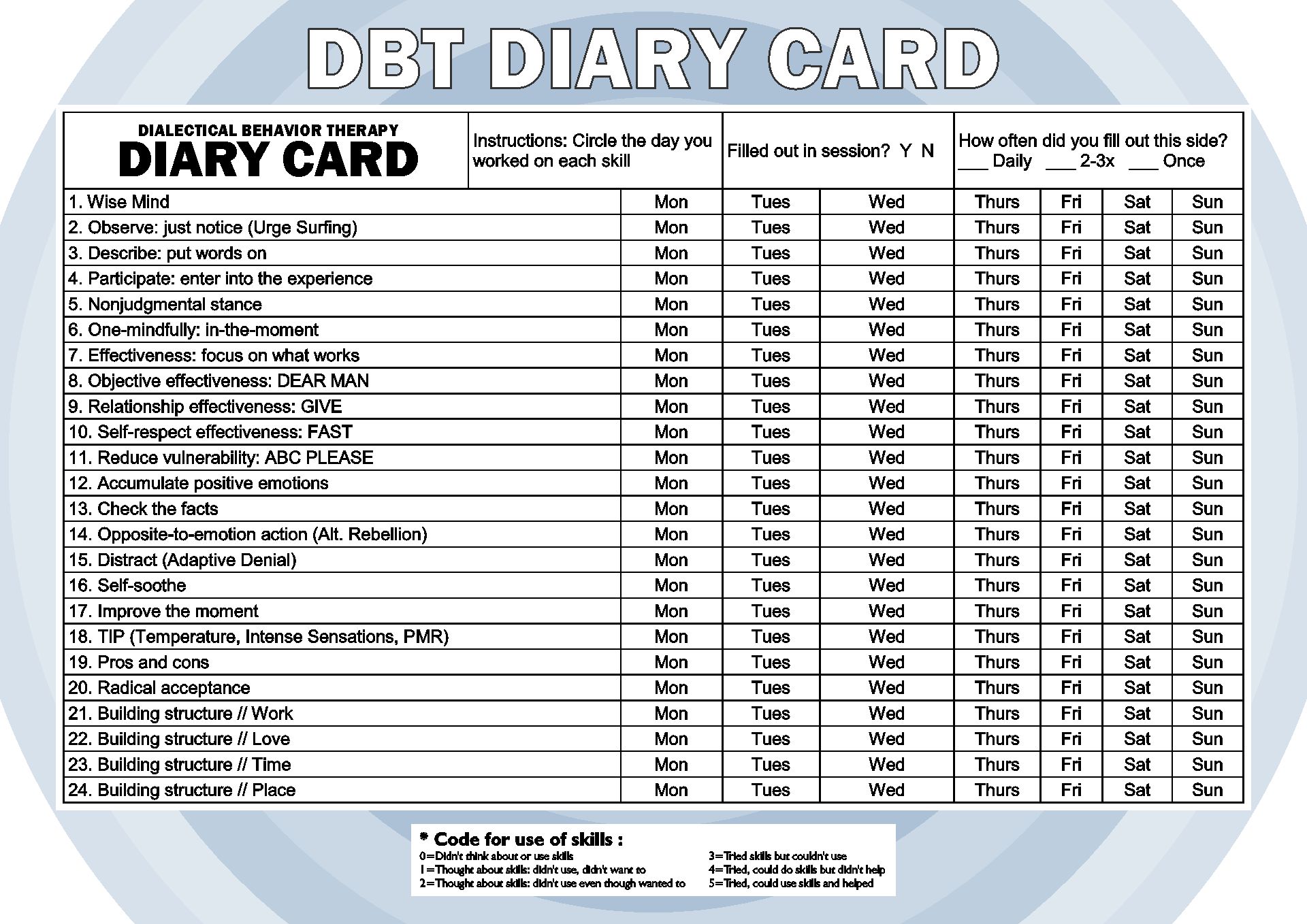
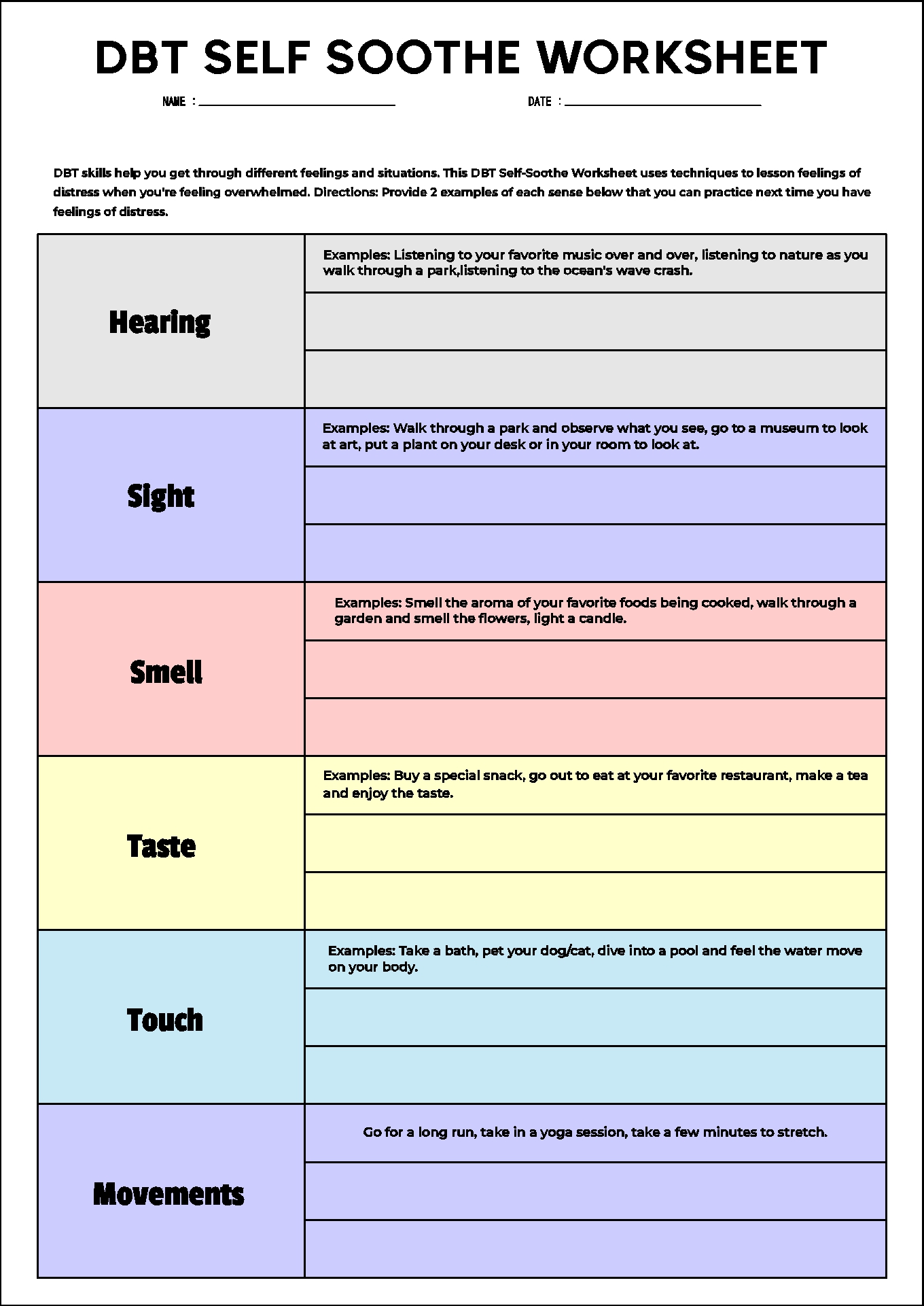
In DBT, the foundation consists of some fundamental ideas and beliefs that shape the therapy approach. One important concept is radical acceptance, which encourages individuals to accept themselves and their current circumstances without judgment. However, it also emphasizes the importance of recognizing the need for personal growth and change. Another key aspect of the foundation is finding a balance between acceptance and change during therapy. By acknowledging both the need for acceptance and the possibility of change, individuals can work towards creating a more fulfilling life.
The ground level of the DBT home symbolizes mindfulness, which is a vital component of DBT. It requires having the capacity to notice and articulate one's experiences without getting paralyzed by them as well as creating a nonjudgmental awareness of the current moment. To improve self-awareness and lessen emotional reactivity, mindfulness techniques like meditation and mindful breathing are taught and practiced.
The DBT house is a visual representation and a guide for both therapists and DBT clients as they navigate the therapeutic process. It offers structure, a common language, and a road map for comprehending the various aspects of therapy.
The DBT house, by combining these elements, creates a supportive and transformative environment that promotes personal growth, emotional stability, and improved quality of life for individuals dealing with emotional difficulties and self-destructive behaviors.
The therapist introduces the DBT house concept to the patient at the start of therapy. They describe the different elements of the house and their role in the healing process. This makes it easier for the therapist and the patient to communicate and develop a shared understanding.
The therapist first identifies the client's unique difficulties, objectives, and treatment requirements. A joint treatment plan is created based on the assessment. The DBT house acts as a guide to help determine which therapeutic elements including mindfulness, behavioral strategies, validation, change strategies, and dialectics will be most applicable and helpful for the particular person.
The patient and the therapist meet one-on-one for individual therapy sessions. In these sessions, the therapist collaborates with the patient to explore and address particular challenges, create change-oriented strategies, and consolidate the abilities acquired in the skills training groups.
To direct the therapeutic process and promote growth, the therapist may employ various DBT house components, including dialectical inquiry, behavioral analysis, and validation techniques.
The ground floor of the DBT house, which represents mindfulness, is a key component of DBT. The therapist encourages the patient to use mindfulness practices like meditation or mindful breathing throughout therapy sessions to improve self-awareness, lessen emotional reactivity, and improve the ability to stay present in the moment. The patient's therapist may help them apply mindfulness techniques to particular problems or circumstances they are dealing with.
The validation and dialectics components, represented by the second and third floors of the DBT house, respectively, are integrated into therapy sessions. The therapist actively validates the individual's experiences, emotions, and thoughts, creating a safe and accepting space for expression.
Furthermore, the therapist employs dialectical techniques to assist the individual in exploring and integrating opposing viewpoints, challenging rigid thinking patterns, and achieving a synthesis that leads to growth and understanding.
Have something to tell us?
Recent Comments
Great resource! The DBT Printable House Templates are a helpful tool for creative expression and a fun way to engage with the therapy process. Highly recommended!
I love how these DBT Printable House Templates provide a fun and creative way to explore and practice DBT skills. Highly recommend for anyone looking to enhance their therapeutic journey!
Loved using the DBT Printable House Templates! They were a helpful and creative tool for visualizing my thoughts and emotions. Highly recommended!